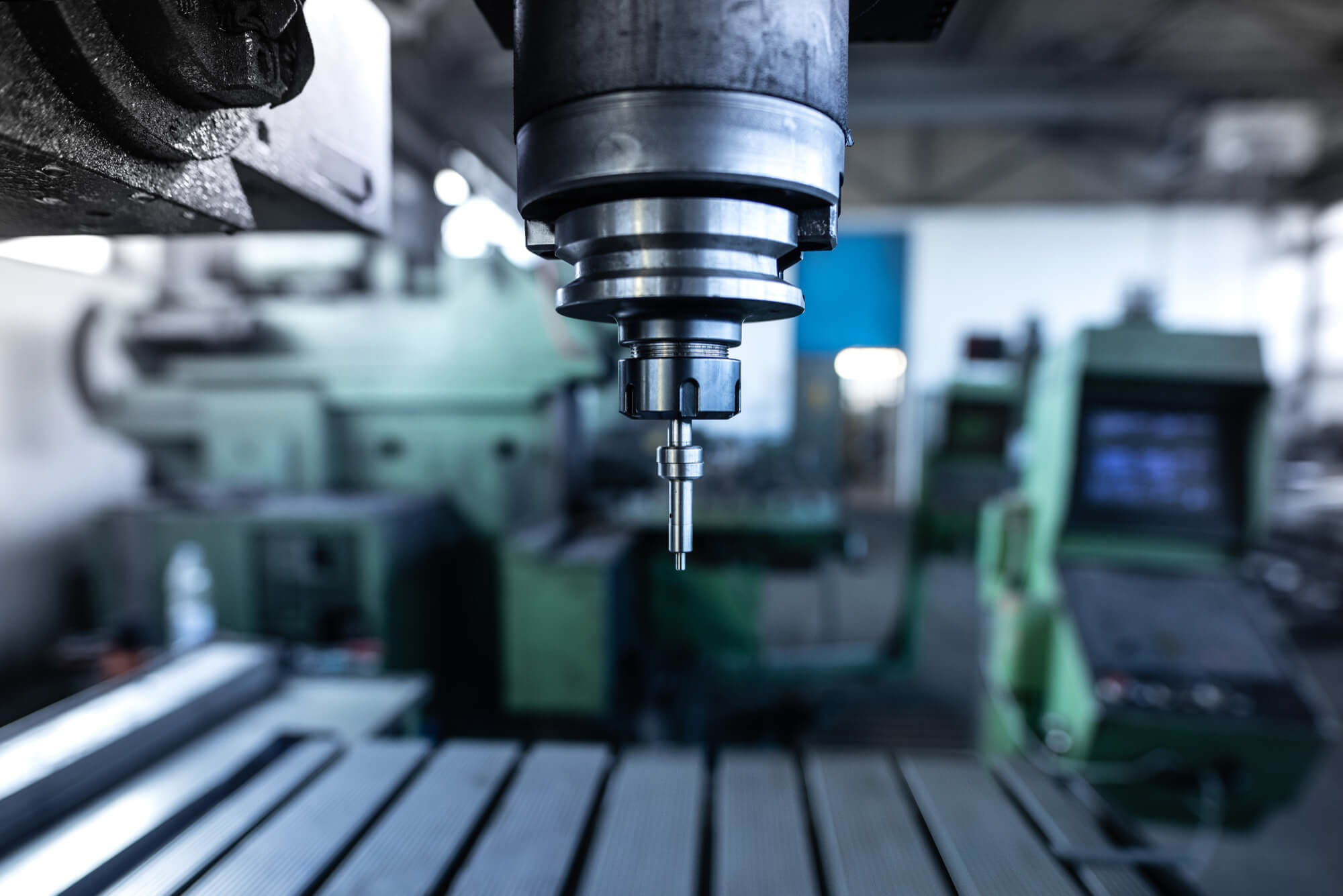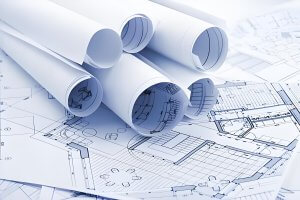CNC machining has become an essential part of modern manufacturing, offering unmatched precision and efficiency. One of the most critical aspects of CNC machining is drilling, particularly when creating holes designed for pull through rivets. These rivets require highly precise holes to ensure strong, reliable connections in various industrial applications. This article explores the relationship between CNC drilling and pull through rivets, offering insights that are vital for both suppliers and technicians who demand precision in their parts.
Understanding Pull Through Rivets
Pull through rivets are commonly used in applications where a strong, permanent, and lightweight connection is needed. These rivets work by pulling the mandrel through the rivet body, causing the tail end to expand and securely fasten the materials together. Their applications are widespread, ranging from automotive to aerospace industries, where materials like aluminum and steel are commonly joined.
For these rivets to perform effectively, the holes they are placed into must be drilled with extreme precision. A poorly drilled hole can lead to improper fastening, resulting in weak connections that could fail under stress.
The Role of CNC Drilling in Pull Through Rivets Installation
CNC drilling is the process of using computer-controlled machines to create precise holes in a workpiece. This method is preferred for its accuracy and repeatability, making it ideal for preparing holes for pull through rivets. CNC machines can be programmed to drill holes at specific angles, depths, and diameters, ensuring that each hole is perfectly aligned with the design specifications.
In applications requiring pull through rivets, CNC drilling ensures that:
- Hole diameters are accurate, preventing issues such as loose fittings or misalignment.
- Hole depth is consistent, ensuring the rivet sits flush and functions correctly.
- Hole placement is precise, which is crucial in multi-rivet applications where alignment is critical.
Key Factors in CNC Drilling for Pull Through Rivets
Achieving precision in CNC drilling involves several factors, including the choice of drill bits, drilling speed, feed rate, and the material being drilled. Let’s explore these factors in detail:
- Drill Bit Selection: The type of drill bit used can significantly impact the quality of the hole. For instance, twist drills are commonly used due to their versatility and ability to create clean holes. The geometry of the drill bit, including the point angle and helix angle, must be considered based on the material being drilled and the desired hole characteristics.
- Drilling Speed and Feed Rate: The speed at which the drill bit rotates and the rate at which it feeds into the material are critical parameters. Too high a speed can cause excessive heat, leading to material deformation and inaccurate hole dimensions. Conversely, too low a speed can result in poor surface finish and increased tool wear.
- Material Considerations: Different materials react differently to drilling. For example, drilling in aluminum requires a different approach compared to drilling in stainless steel. Material properties such as hardness, ductility, and thermal conductivity influence the choice of drill bit, coolant, and drilling parameters.
- Coolant and Lubrication: Proper cooling and lubrication are essential during the drilling process to reduce friction and heat generation. This helps in maintaining the integrity of both the drill bit and the workpiece, ensuring that the holes remain within the required tolerance levels.
Data Table: Common Drill Bit Types and Applications for Pull Through Rivets
| Drill Bit Type | Material Suitability | Typical Applications | Pros | Cons |
|---|---|---|---|---|
| Twist Drill | Metals, Plastics | General purpose, high precision | Versatile, widely available | May require frequent sharpening |
| Carbide Drill | Hard Metals, Composites | Aerospace, automotive | High wear resistance, long life | Expensive, brittle |
| Step Drill | Thin Materials | Electrical panels, sheet metal | Multiple diameters, easy deburring | Limited to shallow holes |
| Spot Drill | Metals | Pre-drilling for accuracy | Excellent centering, reduces wander | Not suitable for deep holes |
| Gun Drill | Deep Hole Drilling | Oil & Gas, Hydraulic systems | High accuracy, deep drilling | Requires specialized equipment |
The CNC Drilling Process for Pull Through Rivets
The CNC drilling process involves several steps that must be carefully controlled to produce the exact fit required for pull through rivets:
- Programming the CNC Machine: The first step is to create a precise CNC program that defines the hole’s location, depth, and diameter. This program is based on the part’s CAD model and includes all necessary tool paths.
- Tool Selection and Setup: Once the program is ready, the appropriate drill bit is selected and installed in the CNC machine. The machine’s tool changer may hold multiple tools, allowing for automatic tool changes during the drilling process.
- Drilling Operation: The CNC machine begins the drilling operation, following the programmed tool paths to create the holes. The machine ensures that each hole is drilled to the exact specifications, with consistent quality across the entire batch.
- Inspection and Quality Control: After drilling, the holes are inspected to ensure they meet the required tolerances. This may involve measuring the hole diameter, depth, and position using precision instruments such as calipers, micrometers, or coordinate measuring machines (CMMs).
Data Table: CNC Drilling Parameters for Common Materials
| Material | Cutting Speed (m/min) | Feed Rate (mm/rev) | Coolant Type | Typical Drill Bit | Common Issues |
|---|---|---|---|---|---|
| Aluminum | 80-200 | 0.1-0.3 | Water-Soluble Oil | High-Speed Steel (HSS) | Chip clogging, surface roughness |
| Stainless Steel | 20-60 | 0.05-0.15 | Synthetic Oil | Carbide | Tool wear, work hardening |
| Carbon Steel | 30-80 | 0.08-0.25 | Emulsion | HSS, Cobalt | Heat generation, burr formation |
| Titanium Alloys | 10-30 | 0.02-0.1 | Chlorine-Free Oil | Carbide | Poor heat dissipation, tool wear |
| Plastics | 100-400 | 0.2-0.4 | Air or Water | HSS, Carbide | Melting, chip control |
Challenges in CNC Drilling for Pull Through Rivets
CNC drilling for pull through rivets is not without its challenges. One of the primary difficulties is maintaining tight tolerances, especially when dealing with materials that are prone to thermal expansion or have varying hardness levels. Additionally, achieving the desired surface finish inside the hole can be difficult, as improper drilling parameters can lead to rough surfaces that may compromise the rivet’s performance.
Another challenge is chip removal. During drilling, especially in deep holes, chips can accumulate in the hole, leading to tool breakage or hole deformation. Proper chip management, including the use of high-pressure coolant systems and specialized drill bit geometries, is essential to mitigate this issue.
Tips for Successful CNC Drilling for Pull Through Rivets
- Use the Right Drill Bit: Choose a drill bit that is suitable for the material and the specific requirements of the pull through rivet. Consider using specialized bits like gun drills for deep holes or carbide drills for hard materials.
- Optimize Drilling Parameters: Adjust the cutting speed, feed rate, and coolant application based on the material and hole depth. Fine-tuning these parameters can help achieve the desired hole quality while prolonging tool life.
- Regular Tool Maintenance: Keep your drill bits sharp and inspect them regularly for wear. Dull tools can lead to poor hole quality and increased machine load, potentially causing tool breakage.
- Implement Quality Control Measures: Regularly inspect the drilled holes to ensure they meet the required specifications. Use precision measuring tools and consider implementing automated inspection systems for large production runs.
- Consider Hole Tapering: In some cases, a slight taper in the hole can help with the installation of pull through rivets, allowing for easier insertion and a tighter fit.
Conclusion
Mastering CNC drilling is essential for creating exact fits for pull through rivets, which are critical components in many industrial applications. By understanding the factors that influence hole quality, such as drill bit selection, material properties, and drilling parameters, manufacturers can ensure that their products meet the highest standards of precision and reliability.
For suppliers and technicians alike, paying attention to the details of the CNC drilling process can lead to better product performance and fewer assembly issues, ultimately resulting in stronger, more durable connections. By following the guidelines outlined in this article, you can achieve the precision required for pull through rivets and ensure the success of your manufacturing projects.
Other Articles You Might Enjoy
- Innovative CNC Machining for Custom Medical Instruments
Innovative CNC Machining for Custom Medical Instruments Computer Numeric Control (CNC) machining is an innovative automated process that utilizes computer software to control machine tools. The use of CNC machines…
- Aluminum Parts Machining: CNC Techniques for Precision and Efficiency
Introduction to Aluminum Parts Machining and CNC Techniques In the manufacturing industry, the machining of aluminum parts plays a crucial role for its effortless machinability which makes it an ideal…
- Tool Steel Grades in CNC Machining: Which One Should You Choose for Durability?
Introduction to Tool Steel in CNC Machining In the realm of CNC (Computer Numerical Control) machining, tool steel reigns supreme due to its exceptional durability and versatility. As a broad…
- Decoding Rivets and Tack Welding in CNC Machining(rivets Mandel)
Computer Numerical Control (CNC) machining has indisputably transformed the manufacturing landscape, providing efficiency, accuracy, and precision like never before. In this realm of unprecedented technical advancements, two methods play a…
- CNC Machined Parts Unveiled: Mastering Ceramic Drilling with Precision Tools
When it comes to CNC machining, drilling ceramic materials presents a unique set of challenges. Ceramics are hard, brittle, and require specialized techniques to achieve precision without compromising the material's…
- CNC Machining for Sustainable Energy Solutions: Precision in Wind Turbine Parts
Sustainable Energy and The Role of Wind Turbines: An Introduction to CNC Machining As sustainable energy solutions continue to gain momentum, the role of wind turbines in harnessing nature's power…






